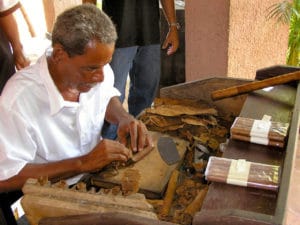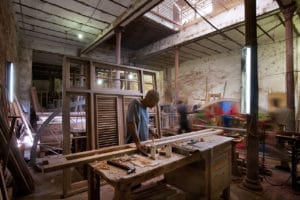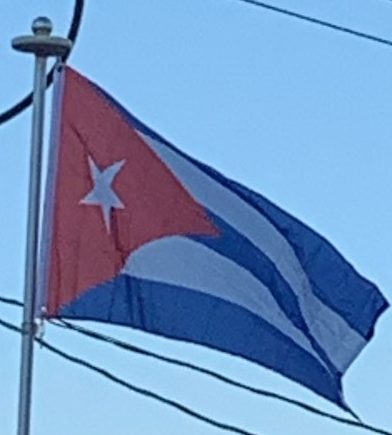
Cuba has a dual currency system, whereby most wages and prices are set in Cuban pesos (CUP), while the tourist economy operates with Convertible pesos (CUC), set at par with the US dollar. Every Cuban household has a ration book (known as libreta) entitling it to a monthly supply of food and other staples, which are provided at nominal cost.
Before Fidel Castro’s 1959 revolution, Cuba was one of the most advanced and successful countries in Latin America. Cuba’s capital, Havana, was a “glittering and dynamic city”. The country’s economy in the early part of the century, fuelled by the sale of sugar to the United States, had grown wealthy. Cuba ranked 5th in the hemisphere in per capita income, 3rd in life expectancy, 2nd in per capita ownership of automobiles and telephones, and 1st in the number of television sets per inhabitant. Cuba’s literacy rate, 76%, was the fourth highest in Latin America. Cuba also ranked 11th in the world in the number of doctors per capita. Several private clinics and hospitals provided services for the poor. Cuba’s income distribution compared favorably with that of other Latin American societies. However, income inequality was profound between city and countryside, especially between whites and blacks. Cubans lived in abysmal poverty in the countryside. According to PBS, a thriving middle class held the promise of prosperity and social mobility. According to Cuba historian Louis Perez of the University of North Carolina at Chapel Hill, “Havana was then what Las Vegas has become.” In 2016, the Miami Herald wrote, “… about 27 percent of Cubans earn under $50 per month; 34 percent earn the equivalent of $50 to $100 per month; and 20 percent earn $101 to $200. Twelve percent reported earning $201 to $500 a month; and almost 4 percent said their monthly earnings topped $500, including 1.5 percent who said they earned more than $1,000.”

After the Cuban revolution and before the collapse of the Soviet Union, Cuba depended on Moscow for substantial aid and sheltered markets for its exports. The loss of these subsidies sent the Cuban economy into a rapid depression known in Cuba as the Special Period. Cuba took limited free market-oriented measures to alleviate severe shortages of food, consumer goods, and services. These steps included allowing some self-employment in certain retail and light manufacturing sectors, the legalization of the use of the US dollar in business, and the encouragement of tourism. Cuba has developed a unique urban farm system called organopónicos to compensate for the end of food imports from the Soviet Union. The U.S. embargo against Cuba was instituted in response to nationalization of U.S.-citizen-held property and was maintained at the premise of perceived human rights violations. It is widely viewed that the embargo hurt the Cuban economy. In 2009, the Cuban Government estimated this loss at $685 million annually.
Cuba’s leadership has called for reforms in the country’s agricultural system. In 2008, Raúl Castro began enacting agrarian reforms to boost food production, as at that time 80% of food was imported. The reforms aim to expand land use and increase efficiency. Venezuela supplies Cuba with an estimated 110,000 barrels (17,000 m3) of oil per day in exchange for money and the services of some 44,000 Cubans, most of them medical personnel, in Venezuela.
